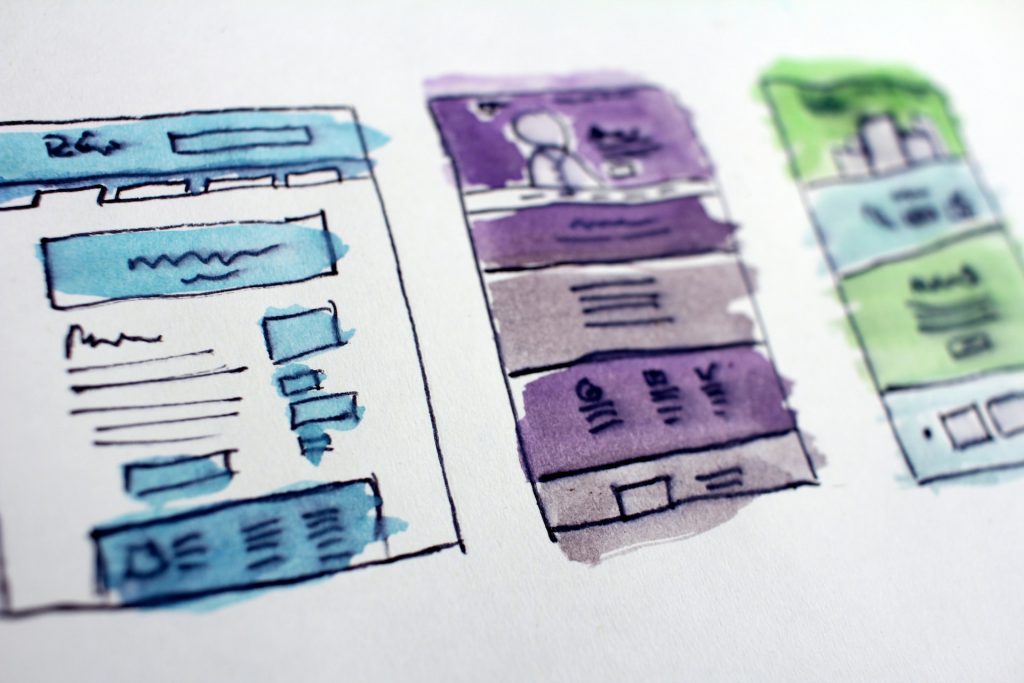
GUEST POST from Art Inteligencia
Engaging stakeholders in Human-Centered Design has become more important than ever for organizations that are looking to create user-friendly products and services. By engaging stakeholders in the design process, organizations are able to identify potential risks, validate their decisions, and begin to create experiences that are beneficial to both the organization and the customer.
The following article will discuss why stakeholder engagement is vital for Human-Centered Design (HCD) and provide two case studies that demonstrate the effectiveness of engaging stakeholders in HCD.
What is Human-Centered Design?
Human-Centered Design (HCD) is a process of designing products, services, and systems that are centered around the needs, wants, and values of the human user. It focuses on understanding the user’s behavior and their context to create tailored products or services that are both useful and usable by the user.
Why is Engaging Stakeholders for HCD Important?
Engaging stakeholders is a crucial step for organizations to be successful in Human-Centered Design. When stakeholders are engaged in HCD, they are able to provide insights into users’ behavior and context that can help inform design decisions. Stakeholders can provide invaluable feedback on how a product or service meets user needs.
This feedback can help to shape the design process and create valuable experiences for the user. Engaging stakeholders can also help to reduce technical risks, identify potential pitfalls, and validate assumptions. Finally, stakeholder engagement provides opportunities for organizations to build strong relationships with stakeholders, which can lead to more successful products and services.
Case Study 1 – Amazon
The online marketplace giant, Amazon, is a great example of successful stakeholder engagement in Human-Centered Design. Amazon was one of the first companies to embrace HCD and integrate various stakeholders into the design process. Amazon was able to engage stakeholders throughout the development process by setting up cross-functional teams that leveraged feedback from customers, vendors, and partners.
By engaging stakeholders, Amazon was able to better understand user behaviors and create tailored products and services that resonated with customers. As a result, Amazon was able to improve the customer experience and increase engagement with the brand.
Case Study 2 – LinkedIn
The professional networking platform, LinkedIn, is another example of successful stakeholder engagement in Human-Centered Design. LinkedIn leverages stakeholder feedback to create an effective user experience. LinkedIn was able to engage stakeholders by hosting user workshops, holding interviews with customers, and conducting surveys.
By engaging stakeholders, LinkedIn was able to gain insights into user needs and behaviors, as well as potential risks and pitfalls. This allowed them to create tailored Experiences that were beneficial to both the user and the organization. As a result, LinkedIn was able to create more meaningful connections and increase engagement with the brand.
Conclusion
Engaging stakeholders in Human-Centered Design is a key component of successful product development. Stakeholder feedback can provide vital insights into user behaviors and context, as well as identify potential risks and validate assumptions. Companies like Amazon and LinkedIn have demonstrated effective stakeholder engagement in HCD and the positive impacts it can have on product and service development. By embracing stakeholder engagement, organizations can create tailored experiences that are beneficial to both the user and the organization.
SPECIAL BONUS: Braden Kelley’s Problem Finding Canvas can be a super useful starting point for doing design thinking or human-centered design.
“The Problem Finding Canvas should help you investigate a handful of areas to explore, choose the one most important to you, extract all of the potential challenges and opportunities and choose one to prioritize.”
Image credit: Pexels
![]() Sign up here to get Human-Centered Change & Innovation Weekly delivered to your inbox every week.
Sign up here to get Human-Centered Change & Innovation Weekly delivered to your inbox every week.





